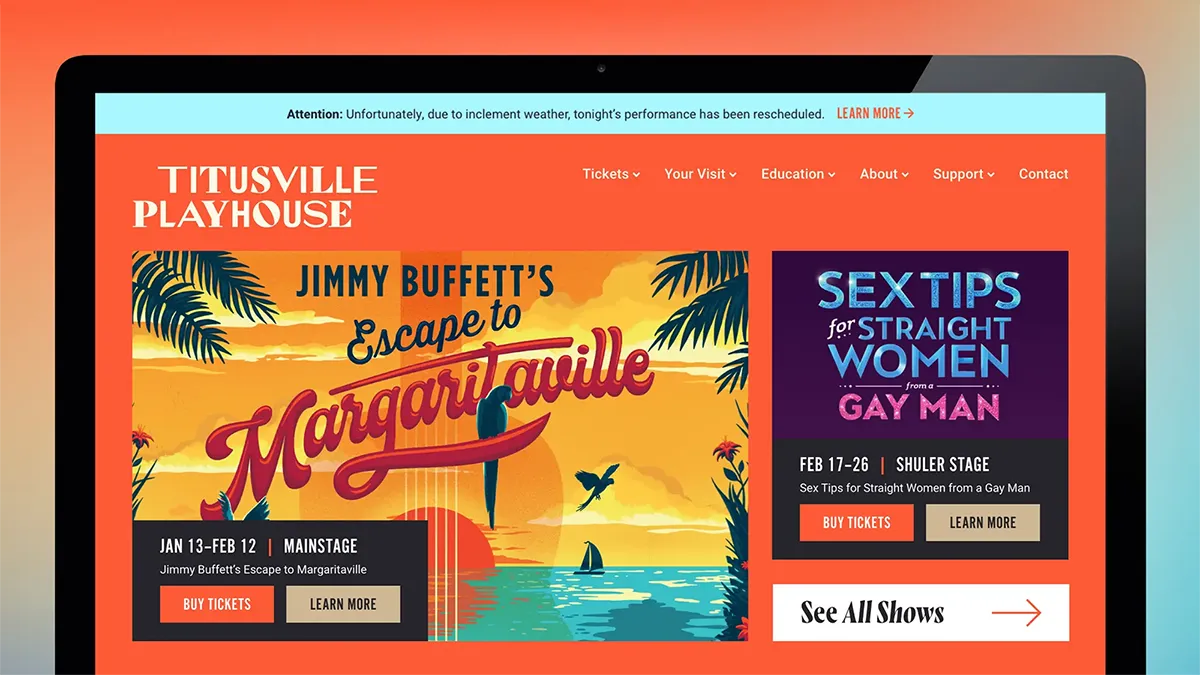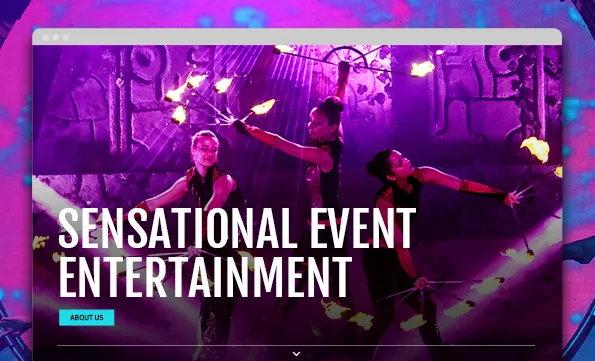How a smart website RFP process can help you find the best web design company for your business
If you are searching for a website design company to create or redesign your organization’s website, the request for proposal process, or RFP, is a common first step. An RFP announces to web designers and web design agencies that you have a website or website design project that you are inviting them to respond to via a structured proposal that you can rate based on a point system or rubric.
My goal with this article is to help you create a website design or redesign RFP that will more likely elicit well-prepared, thorough proposals by only the most qualified web design companies. I’ll describe to you the kinds of topics and questions to cover in your RFP. A new website or website redesign can help reinvigorate your company’s brand, web presence and more. The purpose of the RFP process is to help you identify the most appropriate and relevant web design experts to handle your assignment and bring it to life.
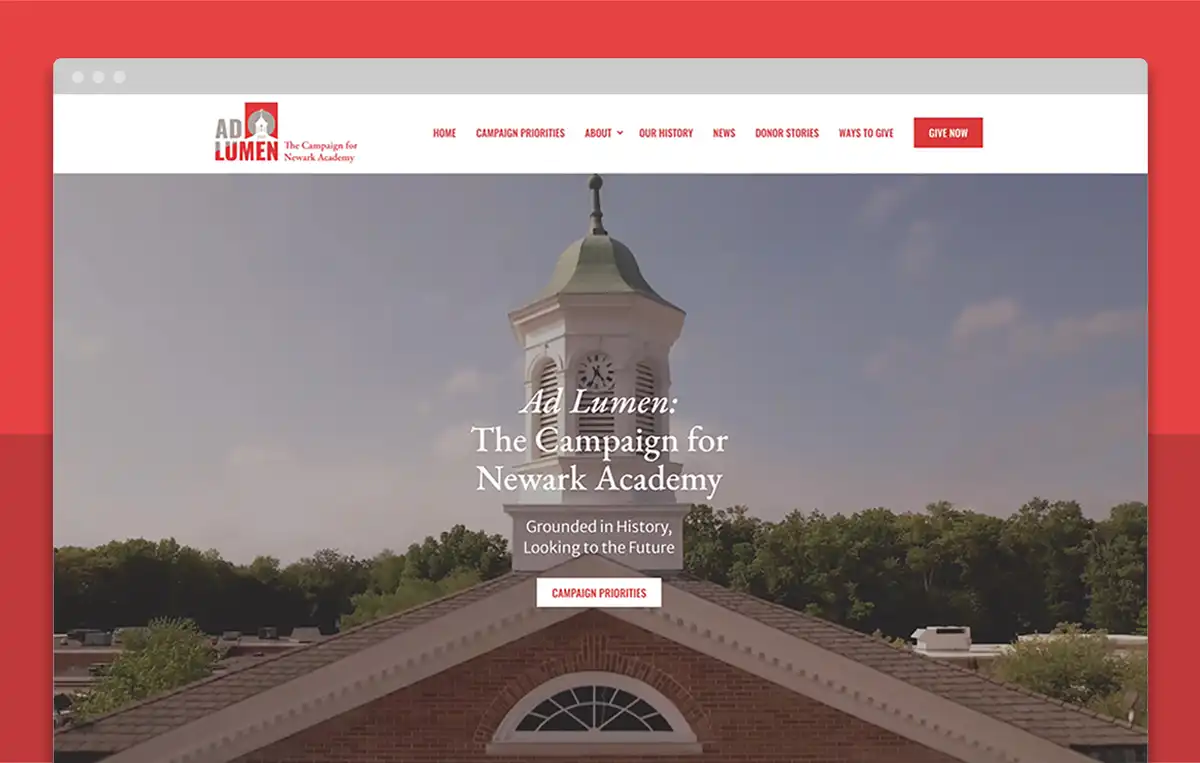
A well-crafted RFP will attract the best website design proposals
The Trillion team has helped many companies and nonprofit organizations of all sizes with their website design and redesign projects. Our award-winning team is frequently approached with RFPs so we are selective about those we respond to. If your RFP is not carefully crafted, it may be disregarded and ignored by many reputable creative teams. The challenge for a marketing director, C-suite executive, or committee chair is to create interest in your project while clearly expressing your problems, challenges and goals.
If your RFP is not carefully crafted, it may be disregarded and ignored by many reputable creative teams.
As the client making the request, one thing to remember is that the process of responding to an RFP is time-consuming for web design companies. You will see a low response rate to your RFP if they do not feel like they have an honest chance of winning the business. In most RFP opportunities, web design companies like to have a connection to the decision maker. They also want to feel like the project requirements clearly reflect their capabilities, portfolio and organizational set-up. The RFP should only encourage qualified experts.
Here are the top things that you should include in your Website Design RFP or Redesign RFP:
Provide Your Company Background
Providing a high-level overview of your organization and its history is important to help web design companies understand more about your business. Talk about your mission, vision and value proposition statements and be as descriptive as possible in saying who you are, what you do, who you help, and how you help.
Define Your Problem or Challenge
Clearly define the challenges and issues your organization is having with your website. An example of a problem could be that the website looks dated, or you need the website to be easily updated by administrative staff or volunteers, or you need the website to integrate with another system your organization uses.
Frequently, a discovery process will help uncover issues that will need to be solved by the web design team.
Explain the immediate problems as well as potential long-term challenges that you foresee. Frequently, a discovery process will help uncover issues that will need to be solved by the web design team, so allocating some time, effort and budget toward this research will be beneficial to the project.
Define the Scope of the Project
Clearly list specific deliverables you require, such as:
- conduct research (such as interviews, focus groups, surveys, competitive analysis)
- define technology requirements or integrations for the website
- define the types of users that will be visiting your website
- design specific online tools or features
- list the needs and wants of the site
You will want to identify the volume of content, quantity of interviews or any other specifics the web design company should consider. Conversely, you can have the web design company define the scope as they see it as part of the RFP.
If you are unclear about the project scope, or need help defining it, please specify your expectations by requesting a discovery phase with the web design firm. The minimum requirements should be noted, such as the number of meetings or research that will be shared. Then list what you expect the designers to have learned from the discovery phase.
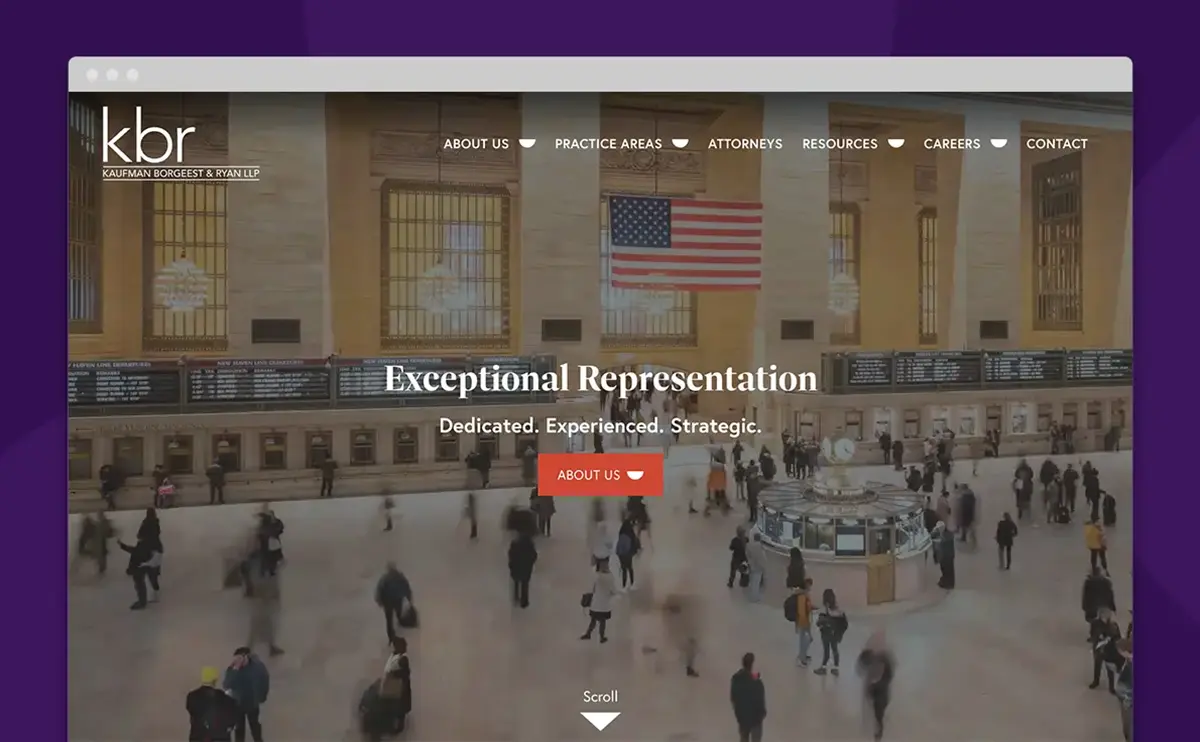
Define Your Ideal Candidate
You should have a conversation with your internal team to consider the characteristics of your ideal website design team. For example, stating that you want to work with a team that is based within a specific geographic location or has a preferred content management system, such as WordPress, is common. You may want to require that all team members be employees of the company and not consultants or freelancers. You can also list your preferences for experience if that is important to you.
Define Your Selection Criteria
Defining how and when you will select finalists and the eventual winner of the bid is critical. Are you most interested in a web design company’s portfolio? Relevant work samples? Website development expertise? Ability to complete the project quickly? Or is price the most important deciding factor?
Defining the key factors will help ensure that your expectations are met.
Additionally, we recommend requiring relevant samples of recent web design projects the company has completed. This basic request will show you the caliber of work they do as well as provide an opportunity to hear and see their process, and their success stories. Asking for a demo of the content management system will provide some insight into what’s “behind the curtain.” Seeing how a website is managed is tremendously helpful and a part of website design proposals that is rarely discussed or highlighted.
List Your RFP Process and Timeline
In order to compare web design proposals effectively, you may want to create a rubric. Assign a numerical score range (0-5) to each of the proposals’ elements: technical experience, relevant work samples, pricing, support, turnaround time, etc. You can then grade each proposal using these scores to achieve a fairly objective assessment.
It’s also important to define how you want their proposals submitted to you. You may also require a specific outline format in addition to any naming conventions they are to follow.
Clearly state how the finished proposals should be submitted to you and their due date. Is email accepted? Does the file format need to be a PDF or Word document? Do you have file size limitations? Do you have a maximum number of pages?
You should have specific protocols for incoming questions and the deadline for receiving them.
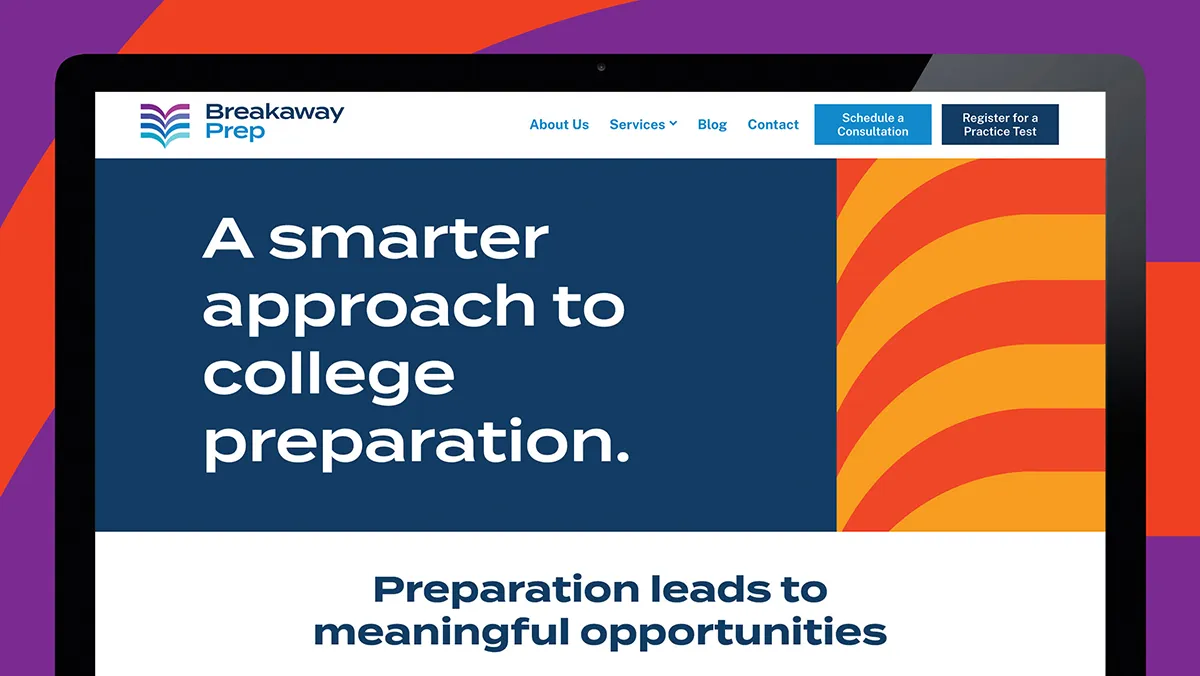
Discuss Your Website Design or Redesign Budget
If you are able to clearly define the scope of the project, deliverables, timeline and requirements, you may be in a good place to define a budgetary range. This range can help prevent wide pricing variations.
Pose Questions for the Web Design Company to Answer
Asking questions you may ask of your prospective web design partner will help you gain insights into their thinking and culture and how it can relate back to your business. How the questions are answered can be helpful in the selection process.
The following are questions you should have your web design company answer, in addition to having them provide a company overview and their accreditations:
- What is your website design/redesign process?
- Why do you think you are the best company for the project?
- Tell us about your leadership and creative team members.
- What makes you different from your competitors?
- Which of your team members will be doing the work?
- What support or warranty of web development do you offer after the website is launched?
Allow Time for Questions To You
Even the best-written RFP will leave some questions unanswered. Allow an opportunity for the potential vendors to ask some clarifying questions. Define how you would like them to get in touch with you. A group virtual Q&A meeting, an email address devoted to questions, and publishing asked questions and answers are all good methods.
You should have specific protocols for incoming questions and the deadline for receiving them. In order to prevent you from answering the same questions over and over, it is a good idea to include a web link where you can post applicant questions and your answers. Your website or a Google Doc are great places for this.
How to Find the Right Vendors to Approach
There are several ways to discern the best design firms to receive your RFP.
- Ask organizations you trust for their recommendations.
- Investigate websites you admire to determine who designed them.
- Review social media to see what firms are promoting their website redesigns.
- Use Google to search for website design firms. The ones that come up quickly most likely have a good understanding of SEO practices, which is what you want for your new website as well.
When Not to Send an RFP
There are some instances when an RFP is not necessary or appropriate. If your budget is very tight, or your timeline is less than a few months, an established website design firm may not be the right fit for your project. Additionally, before sending out an RFP, make sure you have the necessary staff in place to give feedback on the project and then manage the new site once it is live.
Searching for the Best Web Design Company?
You need a web design team with the talent and expertise to plan and implement the new look and feel of your website. When properly executed, the RFP process can prove to be a savior for those businesses who don’t know where to turn. If you would like to learn more about Trillion’s website design process and how it can work for your company, give us a call at 908.219.4703 or complete our contact form.


